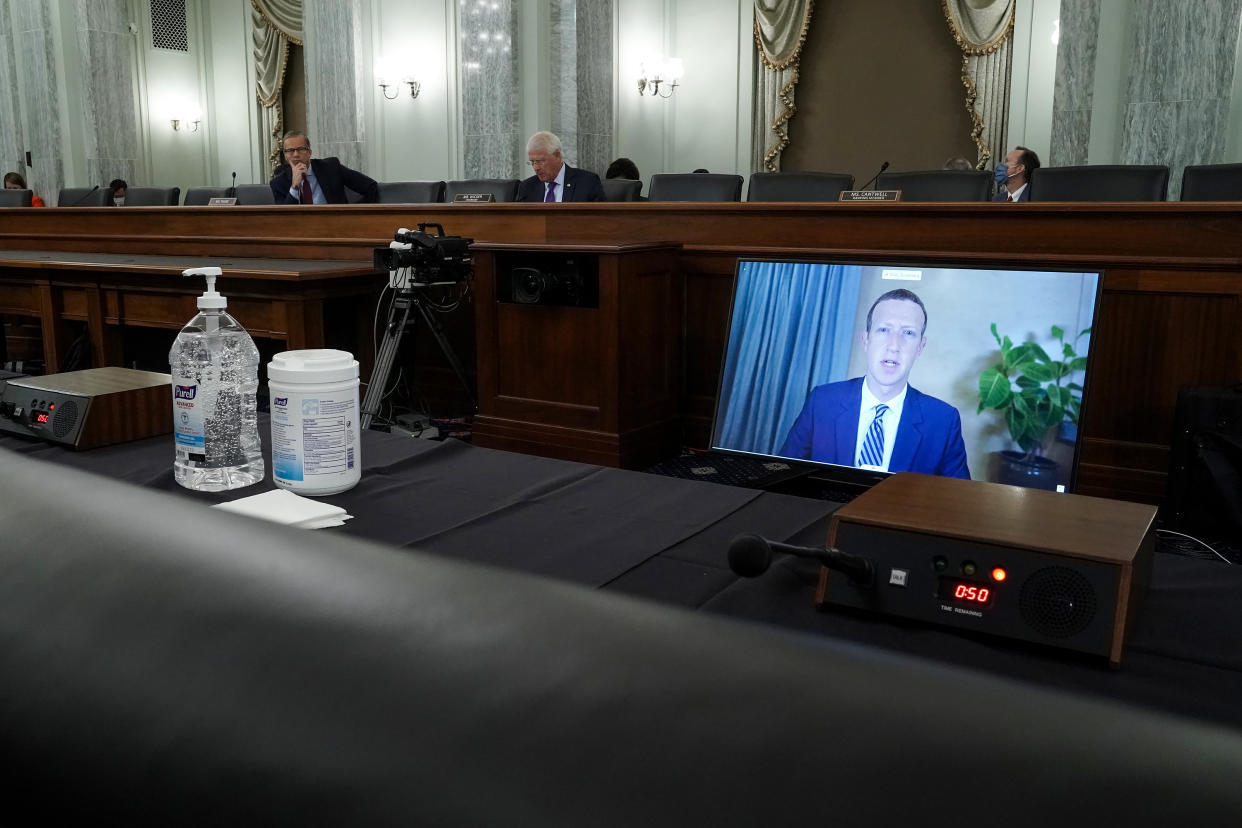2020 elections: How to spot misinformation on Facebook and Twitter
It’s Election Day 2020. After months of politicking, campaigning, and debates, the time for Americans to cast their ballots has finally arrived, if they haven’t already voted early. But for anyone tracking the latest election developments via social media, it’s also a time to remain vigilant.
That’s because today, and the days ahead, will offer ample opportunity for the rampant spread of disinformation. Whether you’re scrolling past your high school friends on Facebook or swiping through the latest dance crazes on TikTok, you’re bound to see some outrageous and false claims about the election.
But there are simple ways you can spot and fight back against such lies and distortions. Here’s how you can safely scroll through Election Day 2020.

Know what you’re reading
Much of what you’ll see on social media is shared by folks you’ve chosen to follow over the years. And that means you’re, more or less, aware of the kind of content they post. If you’ve noticed someone sharing news that some nebulous straw man “doesn’t want you to know about,” chances are you might want to fact-check their posts before retweeting them.
Facebook (FB) and Twitter (TWTR) have made efforts in recent weeks to provide fact-check labels and notices to posts supporting debunked or refuted stories and posts to help stem the tide of such content on their respective platforms. But it’s not always enough, especially at a time when so many people are sharing so much content about the election.
If you come across a post that’s suspect, see if you can find a news article that backs up its claims before trying to post or retweet it. Twitter, in fact, has made it more difficult to fire off retweets by telling users to read the articles they’re trying to share before posting them to their feeds. It’s a small step, but it’s something.

Think a voting site is being shut down early because of a social media post, or that the site hasn’t opened at all? Double check by reaching out to your local election board before firing off a tweet that could spread disinformation designed to make people question the legitimacy of the election process.
Emotions are undoubtedly running high, but before you give in to your desire to hate-click and repost a photo someone put on social media alleging to show election interference, think about what the original poster has to gain out of sharing such content.
It turns out your favorite social media influencer may know a lot about shilling for energy drink or protein powder brands, but they may not know when they’re sharing lies about the election processes with their millions of followers.

Your best bet is to follow tweets from recognized and verified news sources to get the latest information on the election and any results. Partisan outlets will inevitably try to push their own narrative, but if it’s something that hasn’t been verified by nonpartisan news organizations, your best bet is to take it with a grain of salt.
And remember, both Facebook and Twitter will mark any post or tweet that inaccurately claims the election has been called before the projections have come in. So maybe don’t share your uncle’s brother’s coworker’s post about the election being in the bag for their candidate before any news outlets have reported it.
How you can stop the spread
If you do happen to come across disinformation or misinformation on social media, you can help put a stop to its spread by reporting it to the appropriate platform. You might not see an immediate response, but at least you’ve alerted the service to be on the lookout.
Come across something you think is too wild to be real? Check out the original poster. Is their account only a few days old? Are they following a wild amount of people, but have very few followers themselves? Do they not have a profile photo?
All of these can be big red flags.

Doctored photos are also something that are easy to spread online. Images from different years or taken out of context are regularly used to quickly create false or misleading information. You can always do a reverse image search to determine if what you’re seeing is really what it seems.
The New York Times, meanwhile, has a dedicated page outlining some of the misinformation and disinformation being shared about the election. Snopes.com and FactCheck.org, are also fantastic resources for determining if widely shared posts are untrue or misleading. Try using them as a means of ensuring what you share is accurate.
Above all, think before you retweet or repost. Social media was expressly designed to make it all too easy to tap that share button and spread content to everyone in your network. But before you read a headline, see an image, or spot a post that gets your blood boiling, take a deep breath, and do your own due diligence. It could make a bigger difference than you realize.
Got a tip? Email Daniel Howley at dhowley@yahoofinance.com over via encrypted mail at danielphowley@protonmail.com, and follow him on Twitter at @DanielHowley.
Read more Tech Support stories here.
More from Dan:
Bill Gates calls COVID-19 vaccine conspiracy theories “wild” and “unexpected”
Facebook, Twitter, and Google need to answer for disinformation — not a fake anti-conservative bias
What is section 230, the controversial internet law Trump wants to dismantle
Follow Yahoo Finance on Twitter, Facebook, Instagram, Flipboard, SmartNews, LinkedIn, YouTube, and reddit.

